-
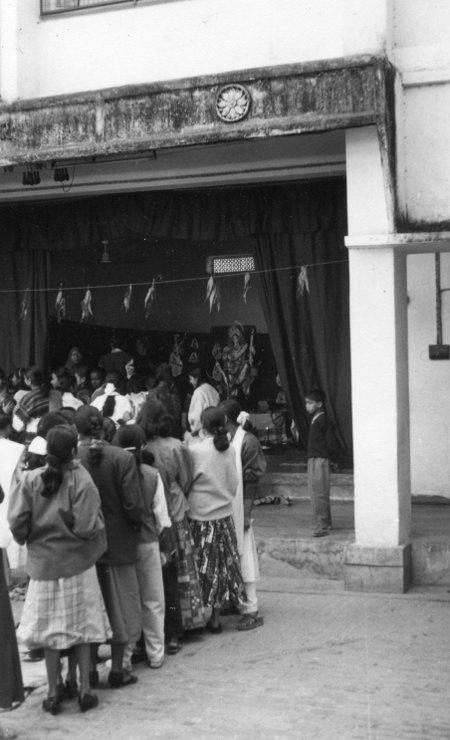
Students in line at Saraswati Puja with the goddess in the background. © Chaise LaDousa
-
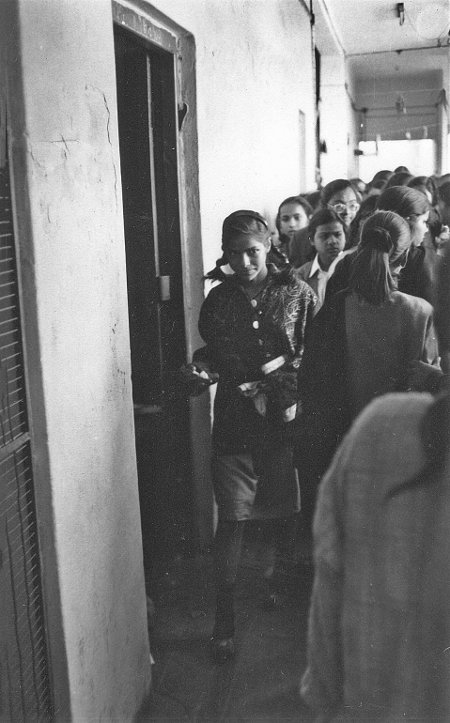
Receiving laḍḍu at Saraswati Puja. © Chaise LaDousa
-

Tulsi Vidya Niketan Signboard. © Chaise LaDousa
-
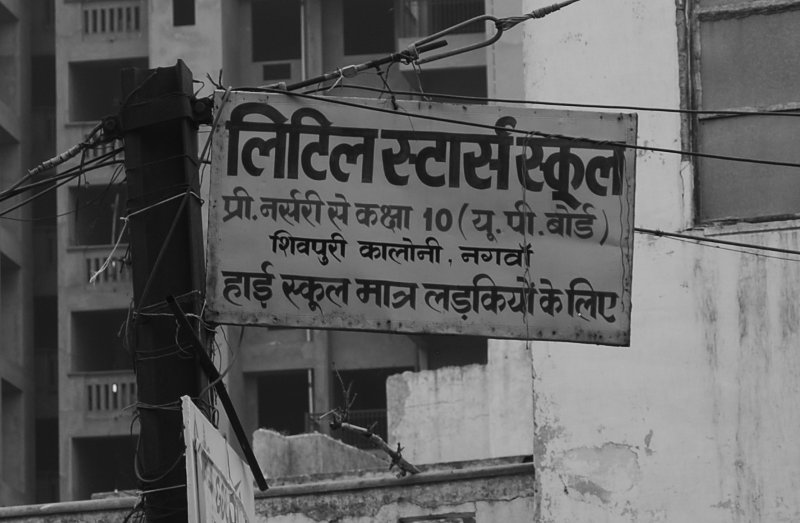
Little Stars School Advertisement. © Chaise LaDousa
-
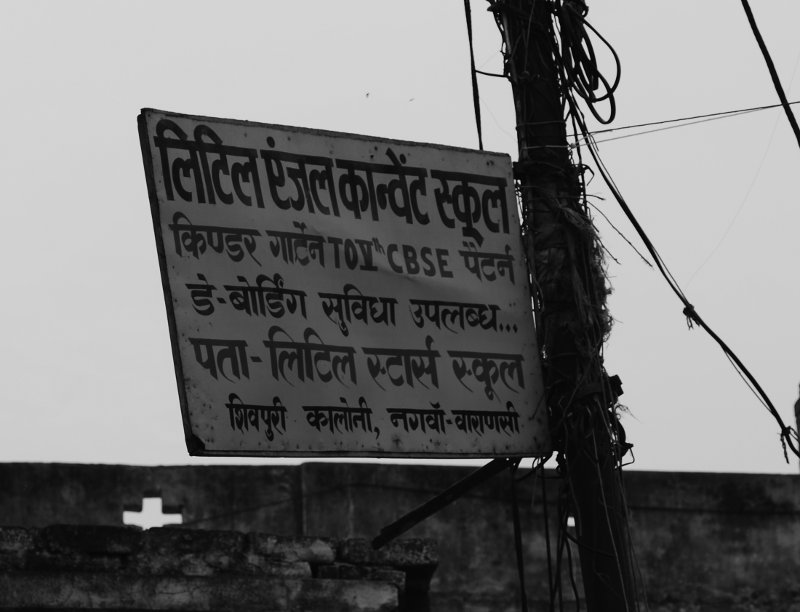
Little Angel Convent School Advertisement. © Chaise LaDousa
-
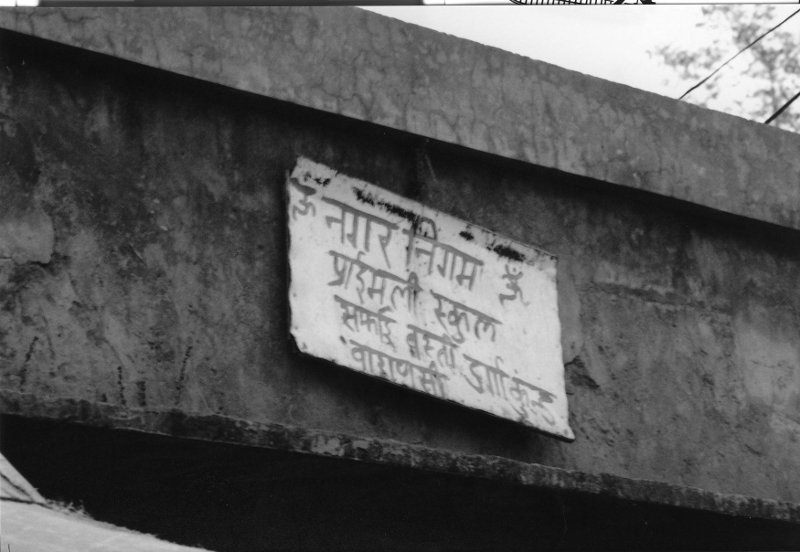
Municipal Corporation Primary School Signboard. © Chaise LaDousa
-

Mr. Barman's Shop. © Chaise LaDousa
-

A typical line of shops. © Chaise LaDousa
-
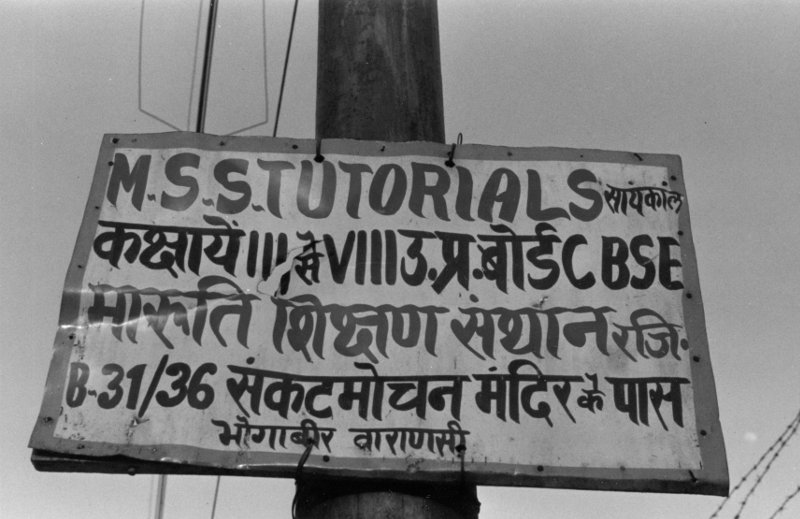
M.S.S. Tutorials advertisement. © Chaise LaDousa
-
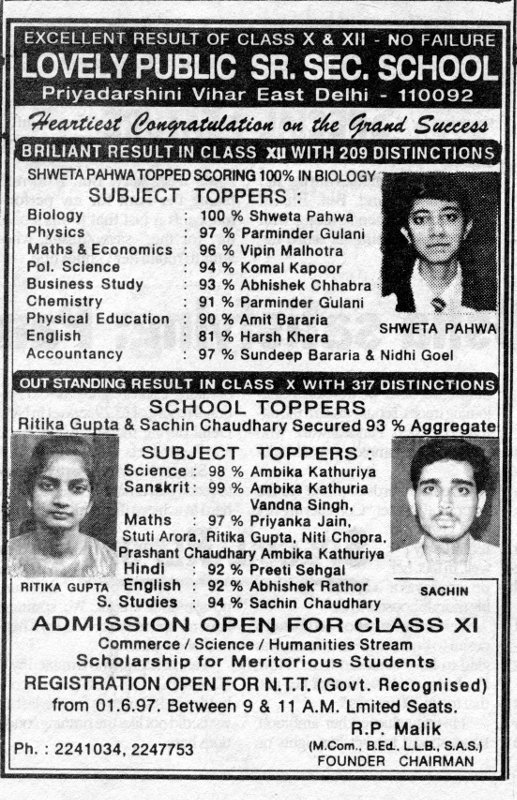
Advertisement for a school in Delhi in a locally distributed national daily. © Chaise LaDousa
-
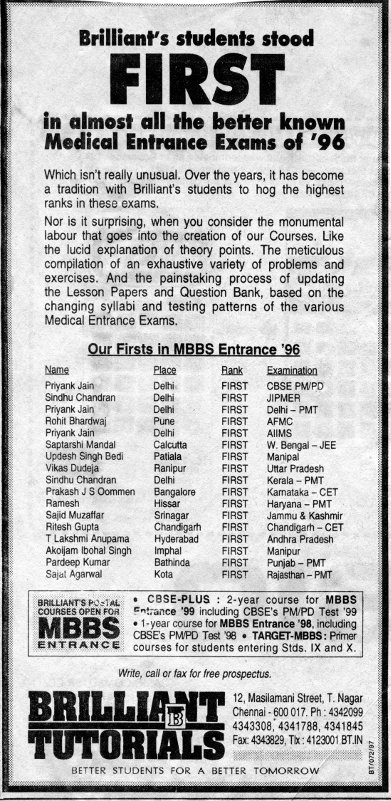
Advertisement for a tutorial service in a locally distributed national daily. © Chaise LaDousa
-
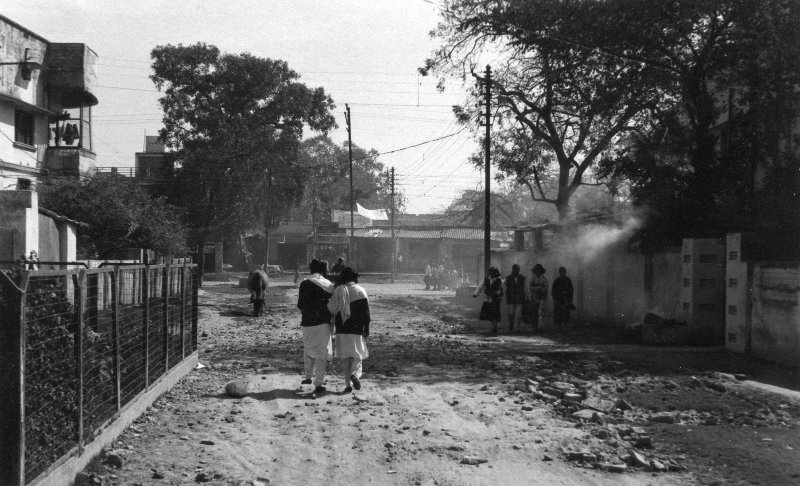
Students head home after school. © Chaise LaDousa
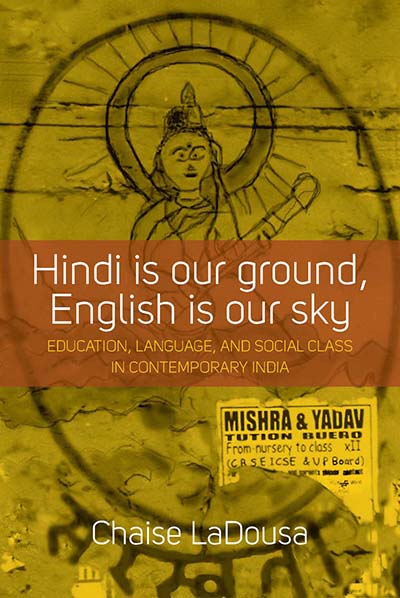
See Related
Education JournalsEmail Newsletters
Sign up for our email newsletters to get customized updates on new Berghahn publications.
Hindi Is Our Ground, English Is Our Sky
Education, Language, and Social Class in Contemporary India
Chaise LaDousa
Foreword by Krishna Kumar
236 pages, 16 illus., 2 tables, bibliog., index
ISBN 978-1-78238-232-4 $135.00/£104.00 / Hb / Published (January 2014)
ISBN 978-1-78533-211-1 $34.95/£27.95 / Pb / Published (April 2016)
eISBN 978-1-78238-233-1 eBook
Reviews
“[This book] is a much needed study of the situation in the field at root level… [it] allows the reader to grasp complexity of the language question that applies to the entire country by the author’s focus on the complexity in one of India’s urban centers.” · New Books Asia
“…an important addition to the sociology of education, as well as to linguistic anthropologists’ understanding of language politics and institutionality in postcolonial settings. It importantly bridges the gap between our understandings of language ideology and institutional organization as they come to register in and as the changing political economy of north India. It will be of interest to scholars of multilingualism, education, language ideology, and youth culture.” · Journal of Linguistic Anthropology
“…this is a very enlightening study with a sound mixture of fieldwork and theory.” · Journal of South Asian Languages and Linguistics
“The rigor of this work lies in the painstaking quality of ethnographic detail, and its worth is in the issues it raises, such as the Three Language Formula, which would make occupational mobility across the country viable, but falls on deaf ears in the Hindi belt.” · Asian Anthropology
“This book conveys a highly nuanced and sophisticated analysis of the relationships among language, language ideology, schooling, and globalization in India… The author draws creatively on fieldwork experiences that stretch across considerable time and space.” · Peter Demerath, University of Minnesota
“This book provides an excellent discussion of education, language, and social class in contemporary India... Informed by research in linguistic anthropology, sociolinguistics, and applied linguistics, it attempts to unravel the sociolinguistic complexity of language and class in India by examining the realities and ideologies surrounding one of the most profound divisions in Indian social life today: English-medium vs. Hindi-medium education. [It] will make a significant contribution to diverse disciplines engaged in the study of language and society… The writing, both engaging and accessible, is sure to capture the attention of students and scholars across academic levels.” · Kira Hall, University of Colorado, Boulder
Description
A sea change has occurred in the Indian economy in the last three decades, spurring the desire to learn English. Most scholars and media venues have focused on English exclusively for its ties to processes of globalization and the rise of new employment opportunities. The pursuit of class mobility, however, involves Hindi as much as English in the vast Hindi-Belt of northern India. Schools are institutions on which class mobility depends, and they are divided by Hindi and English in the rubric of “medium,” the primary language of pedagogy. This book demonstrates that the school division allows for different visions of what it means to belong to the nation and what is central and peripheral in the nation. It also shows how the language-medium division reverberates unevenly and unequally through the nation, and that schools illustrate the tensions brought on by economic liberalization and middle-class status.
Chaise LaDousa is Associate Professor of Anthropology at Hamilton College in Clinton, New York. His publications include House Signs and Collegiate Fun: Sex, Race, and Faith in a College Town (Indiana University Press, 2011) and articles in a number of peer-reviewed journals such as American Ethnologist, Journal of American Folklore, Journal of Linguistic Anthropology, Journal of Pragmatics, and Language in Society.

